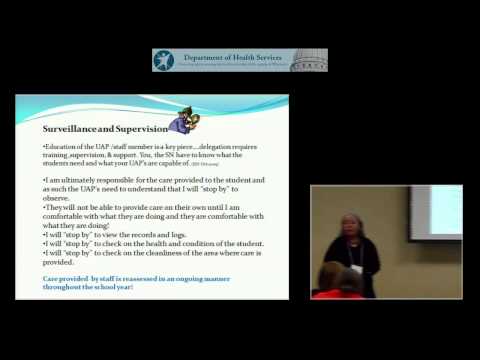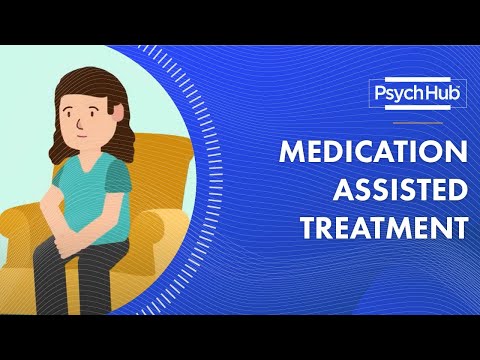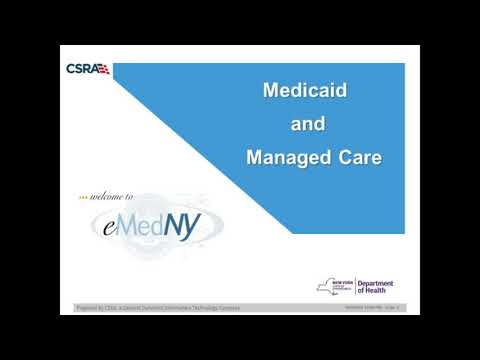Assisting with Medications: What Unlicensed Assistive Personnel Need to Know
Contents
This blog post covers important information that unlicensed assistive personnel need to know about assisting with medications.
Checkout this video:
Introduction
Unlicensed assistive personnel (UAP) play an important role in assisting patients with their medication needs. As a UAP, you will likely be responsible for helping patients take their medications safely and correctly. This resource will provide you with the necessary information to perform your job effectively.
Topics covered in this resource include:
-An overview of UAP roles and responsibilities related to medication administration
-Safety considerations when assisting with medications
-How to properly administer different types of medications
-Common errors made during medication administration
-Patient teaching tips for each type of medication
What are medications?
Medications are drugs that are used to treat, cure or prevent illnesses or diseases. They can be in the form of pills, capsules, liquids, inhalers, patches, shots or injections. Medications can be over-the-counter (OTC) drugs that can be bought without a prescription, or prescription drugs that can only be bought with a doctor’s orders.
The different types of medications
There are many different types of medications that unlicensed assistive personnel may be asked to administer. It is important to know the difference between these types of medications, as each one has a different way of being administered and each one has different side effects.
Some of the most common types of medications include:
-Antibiotics: These are used to treat infections and are usually taken orally in the form of a pill or liquid. They can also be given intravenously (through a vein) or intramuscularly (into a muscle).
-Painkillers: These are used to relieve pain and can be either over-the-counter or prescription. The most common type of painkiller is acetaminophen, which is found in Tylenol. Aspirin, ibuprofen, and naproxen are also common painkillers that can be bought over-the-counter. Prescription painkillers include opioids, such as codeine, oxycodone, and hydrocodone.
-Anti-inflammatory drugs: These are used to reduce inflammation and swelling. They can be either over-the-counter or prescription. Common over-the-counter anti-inflammatory drugs include ibuprofen and naproxen. Prescription anti-inflammatory drugs include steroids, such as prednisone and hydrocortisone.
-Antihistamines: These are used to treat allergies and can be either over-the-counter or prescription. Common over-the counter antihistamines include diphenhydramine (found in Benadryl) and loratadine (found in Claritin). Prescription antihistamines include cetirizine (found in Zyrtec) and fexofenadine (found in Allegra).
It is important to know how to properly administer each type of medication, as well as what the potential side effects are. If you have any questions about a medication that you have been asked to administer, be sure to ask the prescribing healthcare provider for more information.
How to assist with taking medications
Whether you are an unlicensed assistive personnel working in a hospital, nursing home or assisted living facility you will likely be called upon to help patients with taking their medications. It is important to know how to properly assist patients with taking their medications, as this can ensure they receive the correct dosage and avoid any adverse reactions. Below are some tips on how to assist patients with taking their medications:
-Always wash your hands before assisting a patient with taking their medication.
-Be sure to read the label on the medication bottle or container to ensure you are giving the patient the correct medication and dosage.
-If a patient is taking multiple medications, help them take each one at the correct time and in the correct order.
-Observe the patient for any adverse reactions after taking their medication, and report any reactions to a supervisor or nurse.
By following these tips, you can help ensure that patients receive their medication safely and effectively.
The importance of following medication schedules
It is important for unlicensed assistive personnel (UAP) to understand the importance of following medication schedules. Medications are often prescribed to be taken at specific times in order to be most effective. When a UAP does not follow the correct schedule, it can result in significant consequences for the patient.
For example, if a patient is supposed to take a medication every four hours and the UAP gives it to them five or six hours later, the medication may not work as well or may even be harmful. In some cases, medications must be taken within a certain time frame in order to be effective at all. If a UAP does not follow the schedule, the medication may not work at all and the patient could suffer serious consequences.
It is important for UAPs to understand how to follow medication schedules and why it is so important. By following these schedules correctly, UAPs can help ensure that patients receive the best possible care and avoid potentially serious consequences.
How to store medications
It is important that all medications are stored in a safe and secure location, out of the reach of children and pets. Many medications need to be stored in a cool, dry place, away from direct sunlight. Check the labels on your medications for specific storage instructions.
Some medications need to be refrigerated. If you do not have a refrigerator at home, ask your pharmacist if there is a safe place to store your medication at school or work.
Some medications should not be mixed with other medications or foods. For example, taking some antibiotics with milk can make the antibiotic less effective. Read the label or ask your pharmacist before mixing any medications.
How to dispose of medications
In general, there are three ways to dispose of medications: take them back to a pharmacy, flush them down the toilet, or throw them in the trash. The best way to dispose of a medication depends on the type of medication, its dosage form, and whether it is a controlled substance.
Certain medications should never be flushed down the toilet because they can contaminate the water supply or harm sewage treatment plants and wildlife. These medications include controlled substances, such as opioids and amphetamines; non-controlled substances that are hazardous, such as cleaning products and insecticides; and medications that contain mercury, such as some skin creams.
Other medications can be thrown in the trash if they are not hazardous and are not controlled substances. To throw these medications in the trash:
-Remove them from their original containers.
-Mix them with an undesirable substance, such as used coffee grounds or kitty litter. This will make them less appealing to children and pets and unrecognizable to someone who might intentionally go through your trash looking for drugs.
-Place them in a sealable bag, empty can, or other container to prevent leakage.
Controlled substances should never be thrown in the trash because they could be diverted for illegal use. These include opioids (for example, oxycodone and hydrocodone) as well as stimulants (for example, amphetamines) used to treat attention deficit hyperactivity disorder (ADHD). If you have leftover controlled substances, take them back to a pharmacy for safe disposal or contact your local law enforcement agency for guidance on how to dispose of them properly.
Emergency procedures for medication assistance
There are many potential emergency situations that could arise while you are assisting a patient with medications. It is important to be prepared for any eventuality so that you can provide the best possible care for your patient.
Some common emergency situations that you may encounter include:
-The patient begins to experience an allergic reaction to a medication.
-The patient starts to experience adverse side effects from a medication.
-The patient stops taking a medication as prescribed.
-The patient misses a dose of a medication.
-The patient takes an overdose of a medication.
If you find yourself in any of these situations, it is important to remain calm and follow the proper emergency procedures. Depending on the specific situation, you may need to call for help, administer first aid, or even provide life-saving treatment. By being prepared and knowing what to do in an emergency, you can help ensure the best possible outcome for your patient.
Documentation and reporting
UAP must be able to document and report any changes in a resident’s condition, including changes in mental status, outings, medications, skin condition, and calorie intake. These changes must be promptly communicated to the supervising RN or LPN.
Continuing education
Unlicensed assistive personnel (UAP) play an important role in providing quality care to patients in a variety of healthcare settings. As members of the healthcare team, UAP must be able to safely and effectively administer medications. Although most UAP receive some training in medication administration during their initial education and certification process, it is important for them to keep up with new information and developments in this area.
UAP who are interested in continuing their education in medication administration can find many resources available to them. One way to stay up-to-date is to attend workshops or conferences offered by professional organizations such as the American Nurses Association or the National Association of School Nurses. There are also many online courses available that can provide UAP with the information they need to safely and effectively administer medications.







